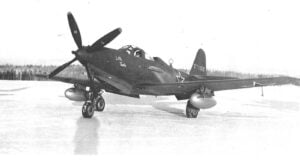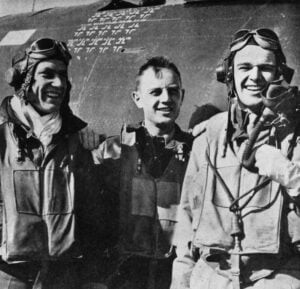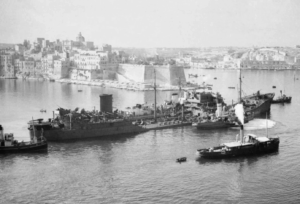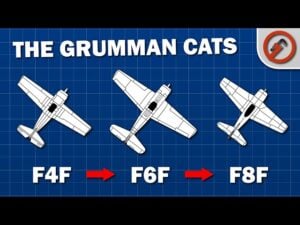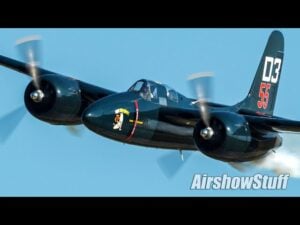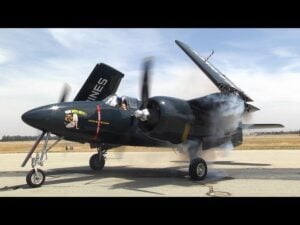German Pilots Laughed at the P-38 Lightning Until It Shot Them from Two Directions
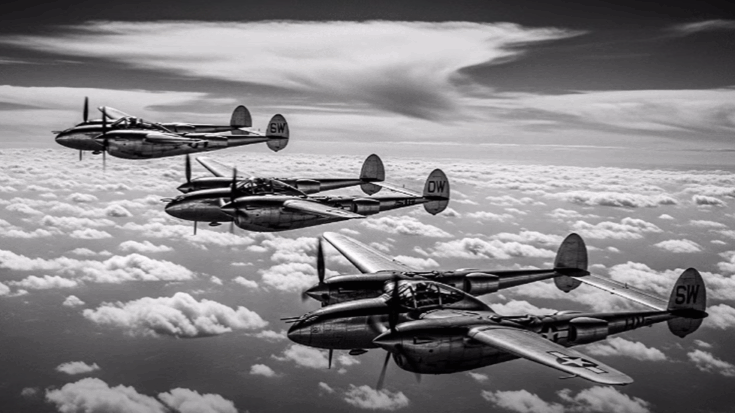
Sann History / YouTube
The Arrival of a Strange New Fighter
In the early 1940s, the skies over Europe became a fierce arena of aerial duels. Amid the familiar outlines of German and Allied aircraft appeared a new, strange-looking fighter. It had twin booms and a central cockpit — the American-built P-38 Lightning. When German pilots first saw it, they laughed. To them, it looked too bulky, too awkward, and surely too slow to stand a chance. But the laughter ended quickly once combat began.
The P-38 was different. Its two powerful Allison engines and turbo superchargers gave it both speed and endurance. Unlike other fighters that relied on wing-mounted guns, the Lightning’s weapons were all in its nose. This meant its pilots could aim with greater precision. When the first squadrons entered combat over France, many German pilots mistook them for reconnaissance planes — until they found themselves under intense, accurate fire.
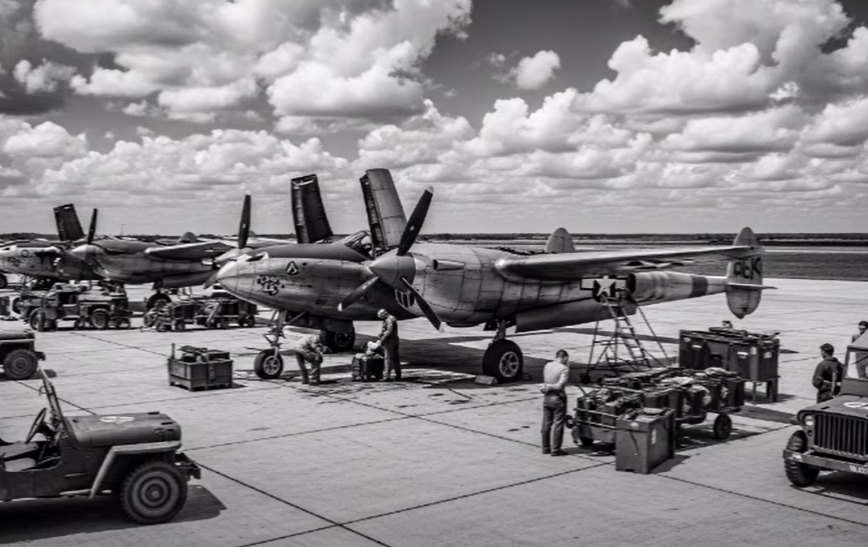
Redefining Air Combat
Once in battle, the P-38 proved fast, strong, and versatile. It could climb quickly, dive steeply, and recover with ease. The twin engines made it stable even when damaged, allowing many pilots to return home safely. German flyers used to one-on-one dogfights suddenly faced an aircraft that could strike from unexpected angles. The Lightning could dive and climb again in seconds, using maneuvers that broke traditional tactics.
By late 1942, the P-38 was escorting bombers deep into enemy territory. Unlike earlier American fighters, it could stay with the bombers throughout the mission and still fight effectively. Stories spread of its double fuselage flashing in the sun, its concentrated gunfire tearing through enemy formations. What had been mockery turned into fear — German pilots began calling it a “twin boom demon.”
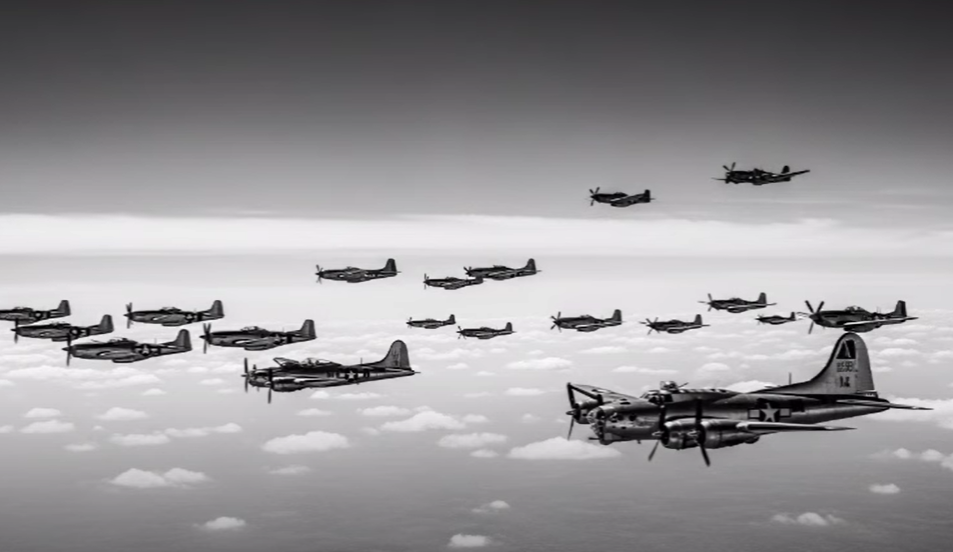
Fear and Respect in the Skies
The Lightning’s presence forced German commanders to rethink their strategies. Many advised younger pilots to avoid direct combat with it. Still, even retreat was dangerous — it meant leaving bombers unprotected. Over northern France, one squadron of eight P-38s defeated twelve German fighters through precise teamwork and high-speed attacks from several directions. Within minutes, half the enemy planes were destroyed.
In both Europe and the Pacific, the Lightning earned its reputation. American ace Richard Bong credited its design for allowing him to engage multiple enemies at once. Japanese and German reports alike described encounters where the aircraft seemed to strike from two directions at the same time. Its design, speed, and resilience made it both feared and respected.
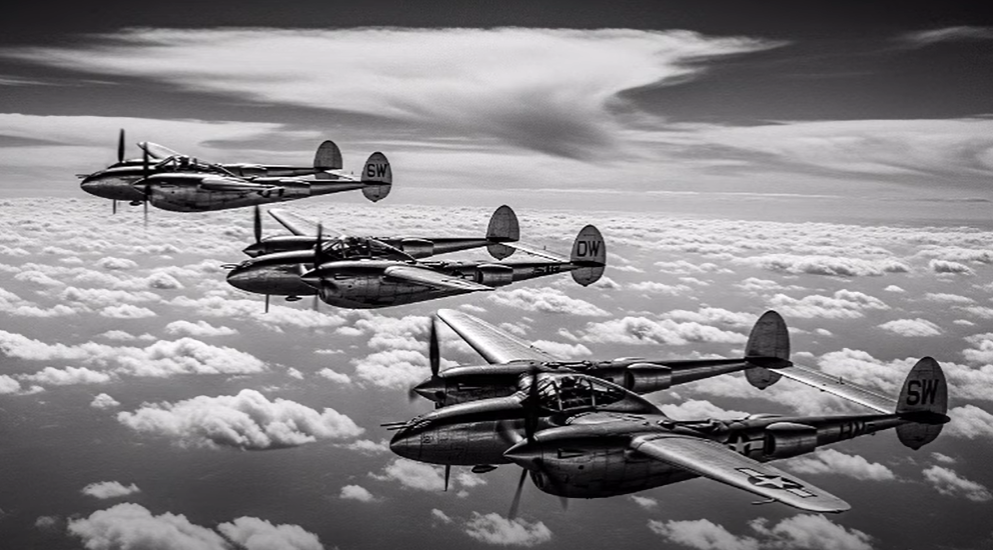
A Legacy Beyond the War
By 1944, the P-38 had become one of America’s most effective weapons. It escorted bombers, performed reconnaissance, and rescued downed pilots. Its ability to strike fast and survive damage turned it into a legend among its pilots. German flyers who once laughed at its design learned the hard way how deadly it could be.
Today, the twin-boom silhouette of the P-38 Lightning still stands as one of the most recognizable in aviation history. Museums around the world display it as a symbol of engineering skill and tactical innovation — a reminder of the days when laughter in the skies turned into fear, and a strange-looking plane changed the course of air combat.













